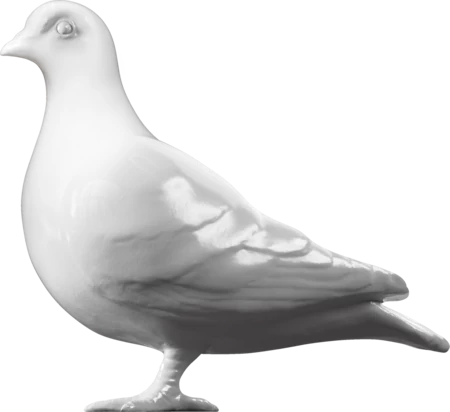Archaeological collections
Discover London’s rich archaeological heritage through London Museum’s extensive collections, ranging from prehistoric whale bones and Roman pottery to medieval pilgrim badges and rare coins.
London Museum holds the world’s largest archaeological archive as recognised by the Guinness World Records. With over six million artefacts covering a time span from prehistory to modern day, the archaeological collection comprises items from excavations in the Greater London area, from the early 1900s.
The archive includes human and animal remains from the Neolithic, to Roman tiles and pottery. There are sherds that provide evidence of the earliest people migrating into London, and coins that tell stories about society and economy from long ago.
London’s Archaeological Archive
About 400 archaeological sites are excavated in London every year, and most of the new artefacts and stories discovered come to London Museum. It is, therefore, no surprise that our archaeological collections are among the most popular.
From prehistory to the present day, our collection is also a window into how archaeological practice has changed since the early 20th century.
In the archive, you can find all sorts of materials and artefacts, organised to make them more accessible and easy to search for. Some of our objects are visually very impressive, like a late medieval gold posey ring with the inscription “I do not wish to love any other than you” in French. Others are not showstoppers, but are fundamental to answering important questions about our past and how people lived in London. For example, we have a medieval oyster shell that was used as a colour palette. Shells allows researchers to explore questions about trade, food habits and jewellery, and can even be helpful in scientific DNA analysis.
“World’s largest archaeological archive as recognised by the Guinness World Records”
Human remains
The museum cares for the remains of more than 35,000 individuals whose remains have been discovered in the city and Greater London area. These date from the Neolithic to the mid-19th century, with a majority dating from the 1100s to 1800s, reflecting the growth and development of London at the time.
Take, for instance, the burial of a young Roman woman at Spitalfields, which was the richest ever found in London. Years of research have concluded that her burial was so expensive and contained rare and luxury objects because, for the people who loved her, she had died too soon and so her burial reflected the dowry she would have had at marriage.
Another fascinating example of the insights gained from researching people in our collection is early instances of dentistry as evidenced in peoples’ teeth from the 17th to 19th centuries. Not only do they reveal a lot about an individual’s dietary habits, but analysing the area of excavation can indicate their socio-economic status and access to dental treatment.
The study of the remains of past individuals is known as bioarchaeology. Over the past 20 years, research has helped prove the negative impact of industrialisation, identified the bacterium responsible for the Great Plague and discovered the origins of many of London’s earliest inhabitants. In 2003, the Wellcome Trust funded the development of the Wellcome Osteological Research Database at London Museum as a resource to curate and research human remains excavated within London.
Portable Antiquities Scheme and mudlarking

A Roman coin found by a mudlark on the Thames foreshore and submitted to the London Portable Antiquities Scheme Finds Liaison Officer based at London Museum.
Our archaeological collection also benefits from finds by London's mudlarks. These are people who search the shores of the River Thames, often described as London's longest archaeological site, for artefacts of archaeological and historical interest. They have also discovered artefacts from across the Greater London area, including in gardens, allotments and parks. The museum partners with the Portable Antiquities Scheme (PAS) to assess and advise on SUCH archaeological objects found by members of the public in England and Wales.
Recording these objects has created a valuable resource with over 1 million artefacts recorded nationwide, with over 14,000 from London alone. In our collection we have a beautifully crafted prehistoric macehead (10,000–1,500 BCE) found in Rotherhithe, and a 20th-century metal statuette of the Hindu god Vishnu, among the thousands of finds that were brought to the museum by mudlarks over the decades.
We have further information about PAS on our website if you’re interested in knowing more about the scheme or would like to get in touch.
More in our collections
-

Archive collections
The Business, Port and River, and Sainsbury archives offer insights into London’s history, commerce and culture
-

Historic collections (prehistory–1700s)
Find out more about prehistoric tools, Roman pottery and Tudor treasures like the world-famous Cheapside Hoard
-

Art & photography
Spanning over 500 years, this is a visual encyclopaedia of London from medieval altarpieces to contemporary digital art
-

What we collect
The museum collects objects that help to tell the stories of this diverse, multicultural city of over nine million people















